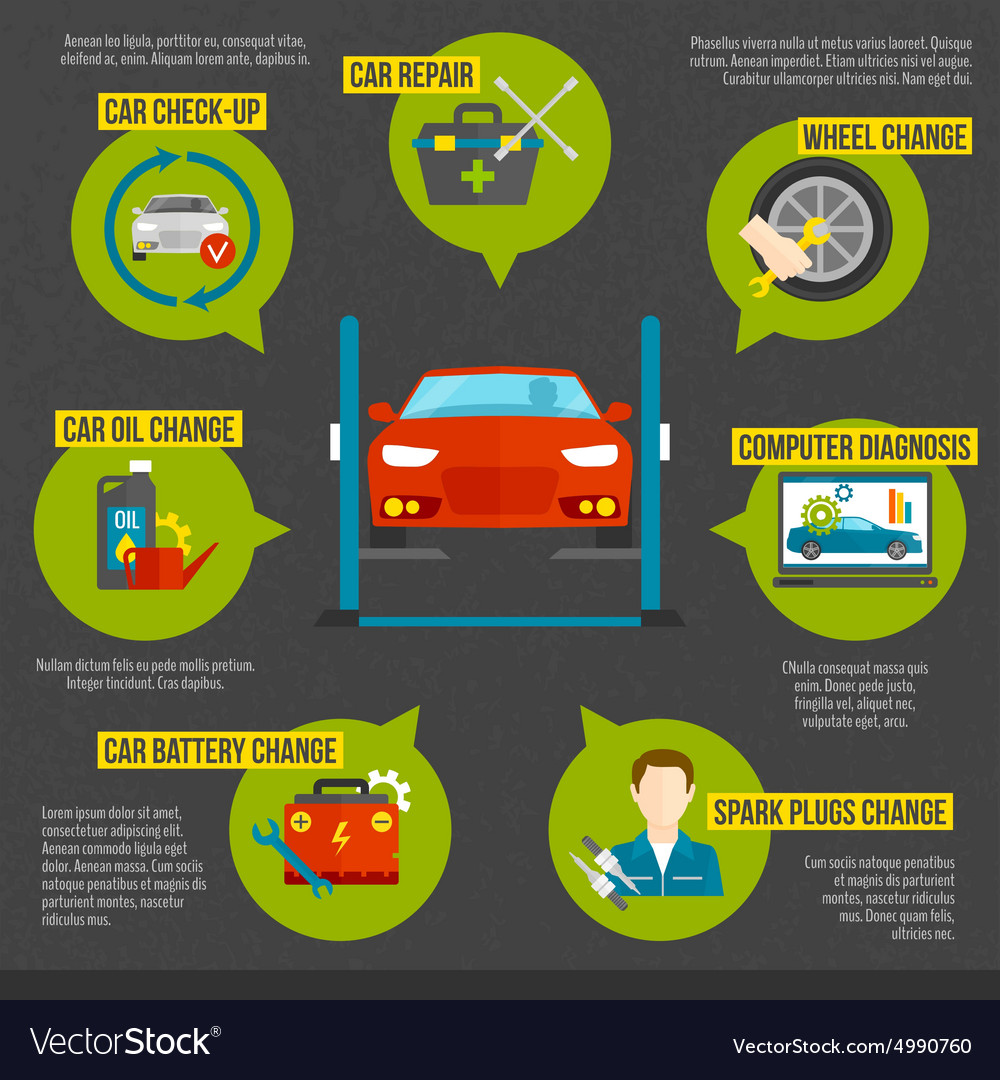Wondering About The Definition Behind Those Control Panel Warning Lights? Gain Understandings Into Their Effects For Your Vehicle'S Safety And Security And Upkeep
Wondering About The Definition Behind Those Control Panel Warning Lights? Gain Understandings Into Their Effects For Your Vehicle'S Safety And Security And Upkeep
Blog Article
Personnel Writer-Hartley Alvarado
When you're behind the wheel, those glowing caution lights on your control panel can be a bit bewildering. Do you understand what they're trying to inform you regarding your auto's health and wellness? Comprehending the importance of these lights is crucial for your security and the durability of your vehicle. So, the following time among those lights turns up, would not you want to analyze its message precisely and take the needed steps to address it?
Common Warning Lights and Interpretations
Determine common caution lights in your automobile and recognize their definitions to ensure risk-free driving.
car shampoo near me include the check engine light, which signals problems with the engine or emissions system. If this light begins, it's critical to have your car examined quickly.
The oil pressure advising light suggests reduced oil pressure, calling for prompt interest to prevent engine damages.
A blinking battery light could suggest a damaged billing system, potentially leaving you stranded if not attended to.
The tire stress monitoring system (TPMS) light signals you to low tire stress, impacting vehicle stability and gas efficiency. Overlooking this could bring about hazardous driving problems.
The abdominal light suggests a trouble with the anti-lock stopping system, compromising your ability to stop quickly in emergency situations.
Lastly, the coolant temperature level warning light warns of engine getting too hot, which can result in extreme damages otherwise dealt with quickly.
Recognizing these common warning lights will aid you resolve problems without delay and maintain secure driving conditions.
Significance of Prompt Focus
Understanding the typical warning lights in your automobile is just the first step; the value of without delay attending to these cautions can't be stressed enough to ensure your safety and security on the road.
When a warning light illuminates on your control panel, it's your automobile's way of connecting a prospective concern that needs focus. Disregarding these warnings can result in a lot more extreme issues in the future, compromising your safety and security and potentially costing you extra in repairs.
professional car cleaning service to warning lights can prevent failures and accidents. For example, a blinking check engine light can show a misfire that, if left ignored, could cause damages to the catalytic converter. Addressing this promptly can conserve you from a pricey repair.
Similarly, a brake system cautioning light may signify reduced brake fluid or worn brake pads, vital components for your safety and security when driving.
DIY Troubleshooting Tips
If you see a caution light on your control panel, there are a few do it yourself troubleshooting ideas you can try before looking for professional help.
The first step is to consult your auto's handbook to comprehend what the particular warning light indicates. Often the issue can be as simple as a loose gas cap setting off the check engine light. Tightening up the gas cap may deal with the trouble.
One more usual concern is a reduced battery, which can trigger different cautioning lights. Examining the battery links for corrosion and ensuring they're safe might take care of the problem.
If a caution light lingers, you can try resetting it by detaching the car's battery for a few minutes and then reconnecting it. In addition, inspecting your lorry's fluid levels, such as oil, coolant, and brake fluid, can assist troubleshoot cautioning lights associated with these systems.
Conclusion
To conclude, recognizing your vehicle's caution lights is vital for maintaining your vehicle running efficiently and securely. By without delay addressing these notifies and recognizing what they imply, you can stay clear of expensive fixings and potential breakdowns.
Remember to consult learn more for particular details on each cautioning light and take action appropriately to ensure a trouble-free driving experience.
Remain informed, stay risk-free on the road!
